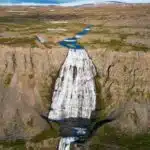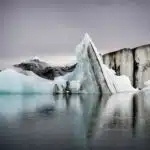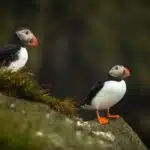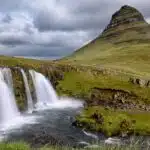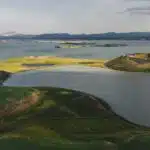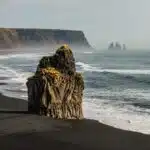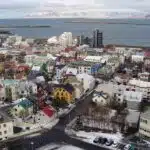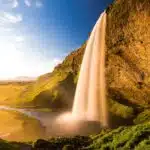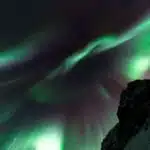The Icelandic Highlands are a vast, remote, and rugged region located in the interior of Iceland. They are renowned for their dramatic landscapes, geothermal activity, and unique geological features.
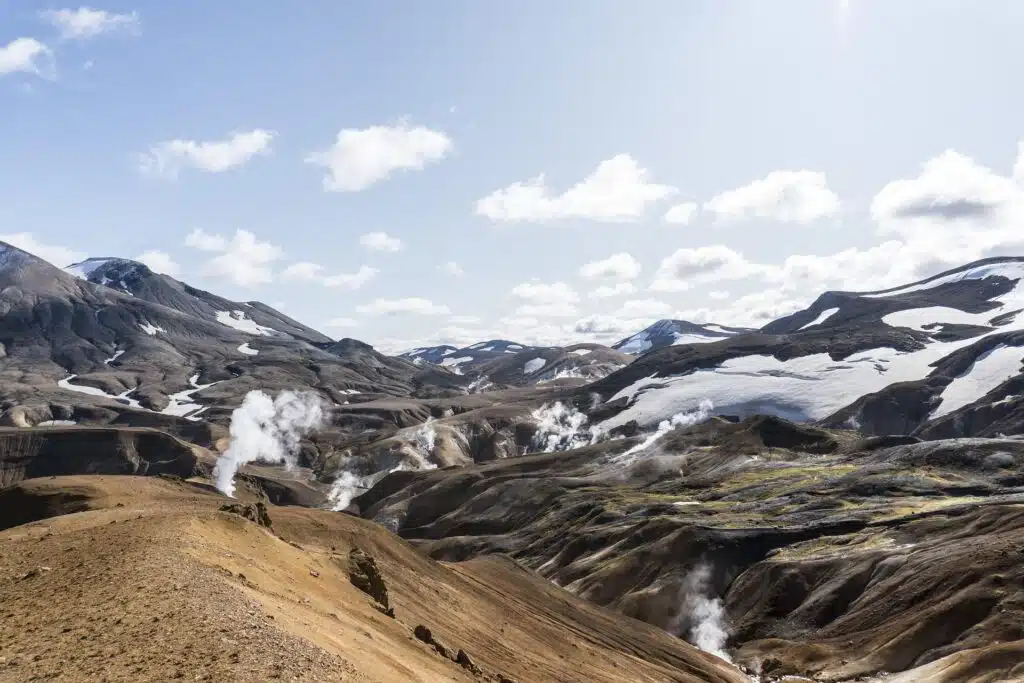
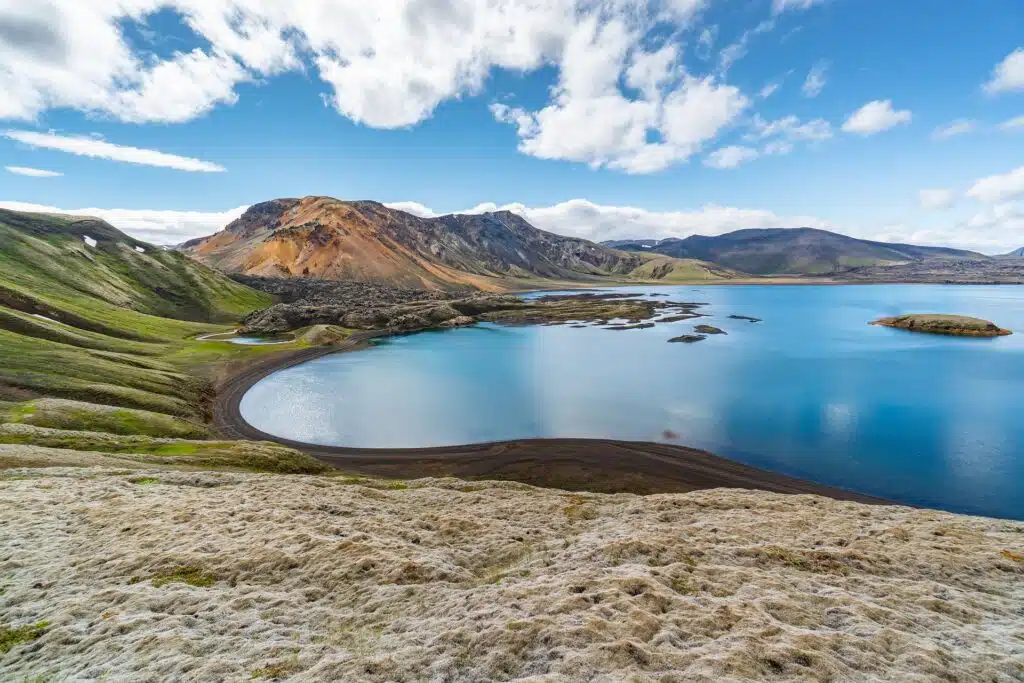
Icelandic Highlands
- Geography and Terrain:
- Elevation: The Highlands are characterized by their high elevation, with much of the area lying between 500 to 1,500 meters (1,640 to 4,920 feet) above sea level.
- Landscape: The terrain is varied, featuring vast lava fields, volcanic plateaus, highland deserts, and glacier-capped peaks. The area is also dotted with colorful rhyolite mountains, such as those found in Landmannalaugar, and rugged, isolated canyons.
- Geothermal Features:
- Hot Springs: The Highlands are home to numerous geothermal hot springs and mud pools. These geothermal features are scattered across the region and often found in remote, scenic settings.
- Volcanoes: Several active volcanoes and volcanic systems are located in the Highlands, including Hekla and Askja. These volcanoes contribute to the area’s dynamic landscape and geothermal activity.
- Notable Areas:
- Landmannalaugar: Known for its colorful rhyolite mountains, hot springs, and extensive hiking trails. Landmannalaugar is a popular starting point for multi-day treks like the Laugavegur Trail.
- Askja: A volcanic caldera with a stunning crater lake, Öskjuvatn, and the nearby Víti crater, which is filled with geothermal water. The area offers dramatic volcanic landscapes and is a highlight for adventurers.
- Kerlingarfjöll: A mountain range with geothermal activity, including hot springs and steam vents, set amidst a backdrop of snow-capped peaks and colorful rhyolite formations.
- Þórsmörk (Þórsmörk) is a lush, valley area in the Icelandic Highlands, nestled between glaciers and mountains. Named after Thor, the Norse god of thunder, it is known for its stunning scenery and diverse landscapes.
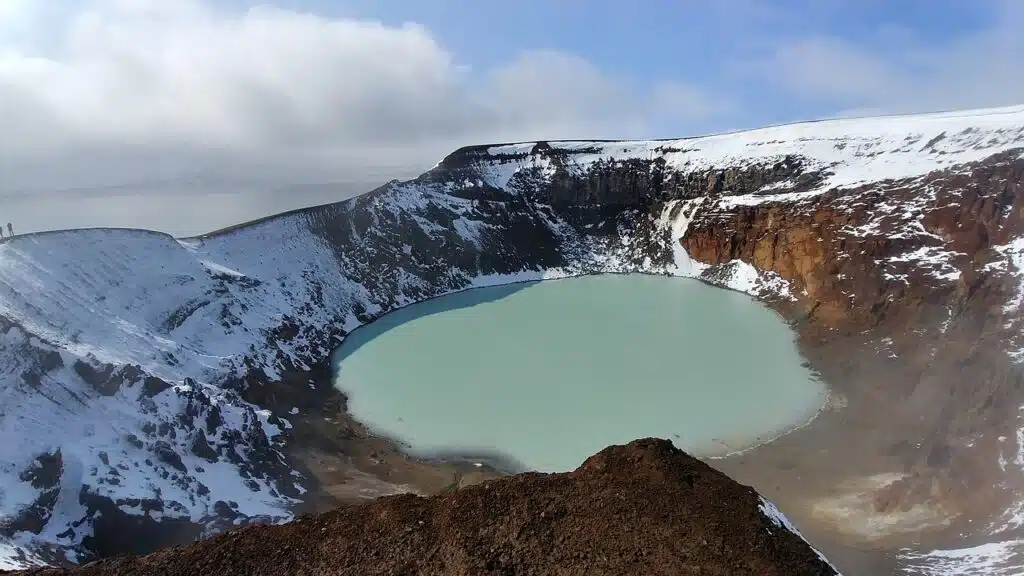
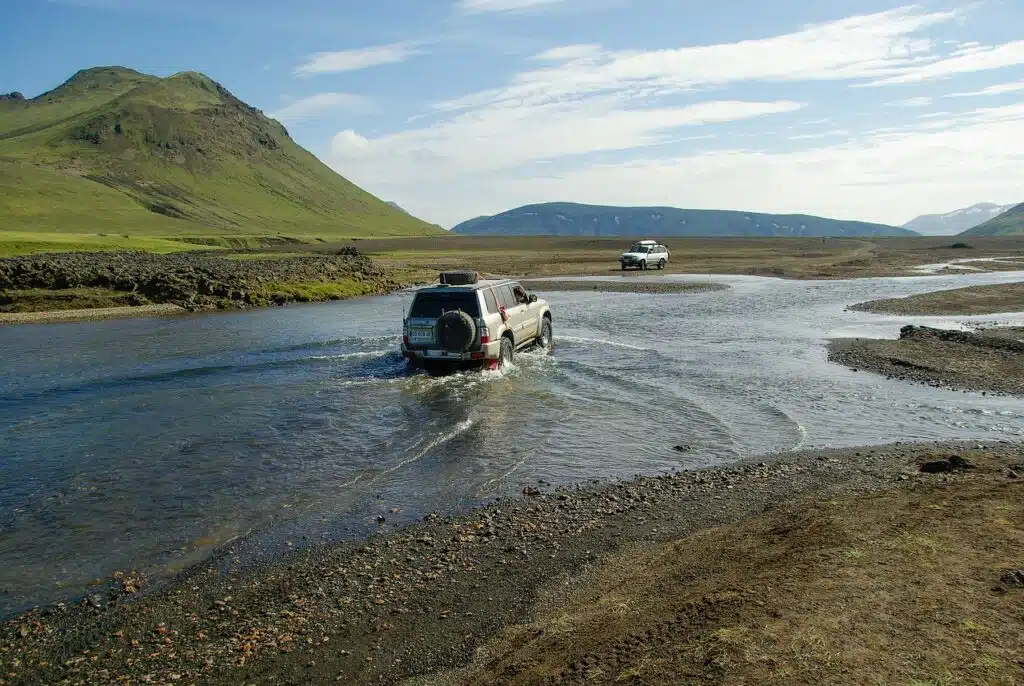
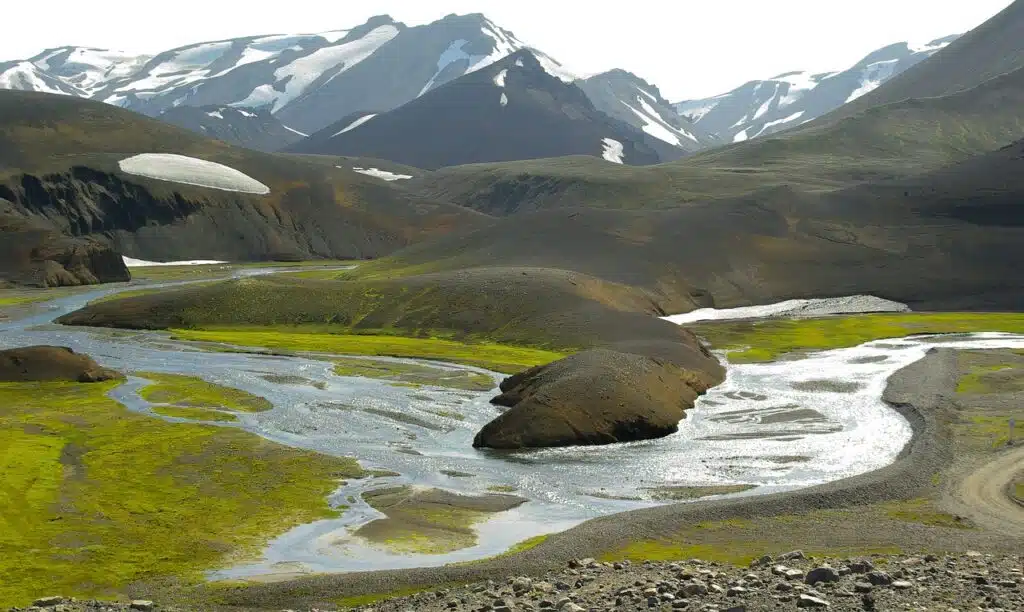
Environement and Accessibility
- Climate and Accessibility:
- Climate: The climate in the Highlands is harsh, with cold temperatures, strong winds, and frequent weather changes. Summers are brief but can offer mild temperatures, while winters are cold and snowy.
- Accessibility: Due to the rugged terrain and remote location, the Highlands are less accessible than other parts of Iceland. Access is typically limited to certain times of the year, usually from late June to early September, when road conditions are more favorable. The main roads into the Highlands are F-roads, which require 4×4 vehicles.
- Flora and Fauna:
- Vegetation: Vegetation in the Highlands is sparse due to the harsh climate, but includes mosses, lichens, and hardy grasses. Some areas support small shrubs and alpine flowers during the summer.
- Wildlife: Wildlife in the Highlands is limited but includes species adapted to the harsh conditions, such as arctic foxes and various bird species.
The Icelandic Highlands offer a unique and dramatic landscape, characterized by its volcanic features, geothermal activity, and remote beauty, making it a haven for adventurous travelers and nature enthusiasts.

